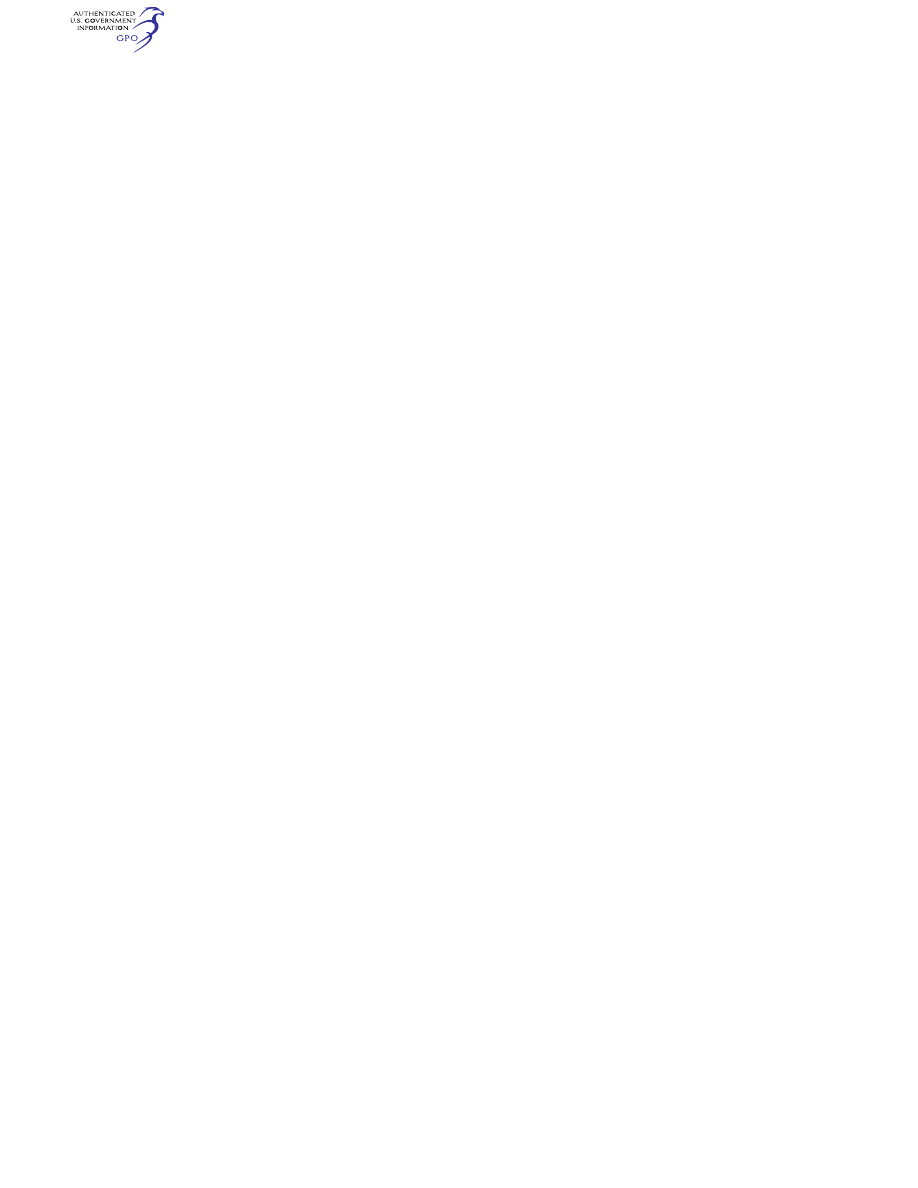
198
14 CFR Ch. I (1–1–24 Edition)
§ 121.443
must be submitted to the Adminis-
trator. The request must include the
following:
(i) Identification of aircraft operated
by the certificate holder designated as
related aircraft.
(ii) Based on review of the related
aircraft, the operation, and the duty
position:
(A) For recurrent proficiency checks,
the frequency of the related aircraft
proficiency check, the maneuvers and
procedures to be included in the related
aircraft proficiency check, and the
level of FSTD to be used for each ma-
neuver and procedure.
(B) For qualification proficiency
checks, the maneuvers and procedures
to be included in the related aircraft
proficiency check and the level of
FSTD to be used for each maneuver
and procedure.
(3) The administrator may, at any
time, terminate a grant of deviation
authority issued under this paragraph
(f).
[Doc. No. 9509, 35 FR 96, Jan. 3, 1970, as
amended by Amdt. 121–103, 38 FR 12203, May
10, 1973, Amdt. 121–108, 38 FR 35446, Dec. 28,
1973; Amdt. 121–144, 43 FR 22648, May 25, 1978;
Amdt. 121–263, 62 FR 13791, Mar. 21, 1997;
Amdt. 121–366, 78 FR 67841, Nov. 12, 2013;
Docket FAA–2016–9526, Amdt. 121–377, 81 FR
90983, Dec. 16, 2016; Amdt. 121–377A, 81 FR
95860, Dec. 29, 2016; Amdt. 121–377B, 83 FR
12475, Mar. 22, 2018; Amdt. 121–382, 85 FR
10926, Feb. 25, 2020]
§ 121.443 Pilot in command qualifica-
tion: Route and airports.
(a) Each certificate holder shall pro-
vide a system acceptable to the Admin-
istrator for disseminating the informa-
tion required by paragraph (b) of this
section to the pilot in command and
appropriate flight operation personnel.
The system must also provide an ac-
ceptable means for showing compliance
with § 121.445.
(b) No certificate holder may use any
person, nor may any person serve, as
pilot in command unless the certificate
holder has provided that person cur-
rent information concerning the fol-
lowing subjects pertinent to the areas
over which that person is to serve, and
to each airport and terminal area into
which that person is to operate, and
ensures that that person has adequate
knowledge of, and the ability to use,
the information:
(1) Weather characteristics appro-
priate to the season.
(2) Navigation facilities.
(3) Communication procedures, in-
cluding airport visual aids.
(4) Kinds of terrain and obstructions.
(5) Minimum safe flight levels.
(6) En route and terminal area ar-
rival and departure procedures, holding
procedures and authorized instrument
approach procedures for the airports
involved.
(7) Congested areas and physical lay-
out of each airport in the terminal area
in which the pilot will operate.
(8) Notices to Airmen.
[Doc. No. 17897, 45 FR 41594, June 19, 1980;
Amdt. 121–159, 45 FR 43154, June 26, 1980]
§ 121.445 Pilot in command airport
qualification: Special areas and air-
ports.
(a) The Administrator may deter-
mine that certain airports (due to
items such as surrounding terrain, ob-
structions, or complex approach or de-
parture procedures) are special airports
requiring special airport qualifications
and that certain areas or routes, or
both, require a special type of naviga-
tion qualification.
(b) Except as provided in paragraph
(c) of this section, no certificate holder
may use any person, nor may any per-
son serve, as pilot in command to or
from an airport determined to require
special airport qualifications unless,
within the preceding 12 calendar
months:
(1) The pilot in command or second in
command has made an entry to that
airport (including a takeoff and land-
ing) while serving as a pilot flight
crewmember; or
(2) The pilot in command has quali-
fied by using pictorial means accept-
able to the Administrator for that air-
port.
(c) Paragraph (b) of this section does
not apply when an entry to that air-
port (including a takeoff or a landing)
is being made if the ceiling at that air-
port is at least 1,000 feet above the low-
est MEA or MOCA, or initial approach
altitude prescribed for the instrument
approach procedure for that airport,
